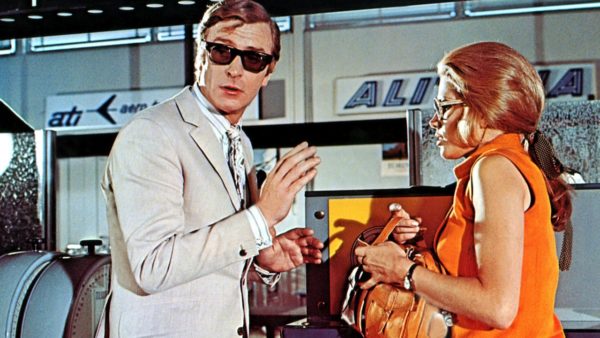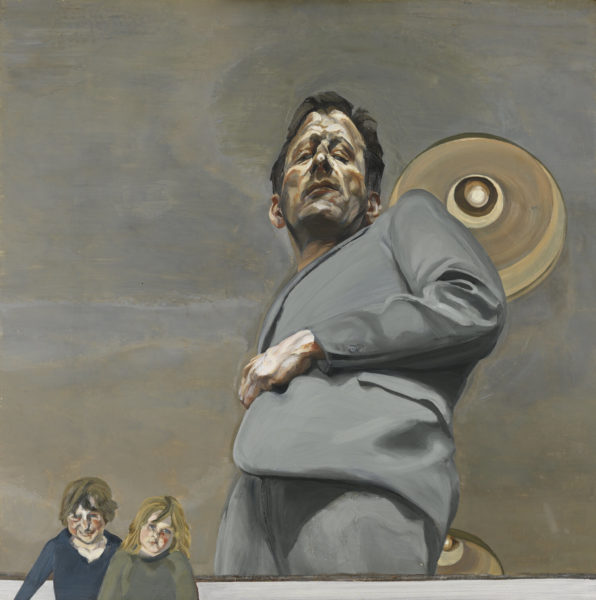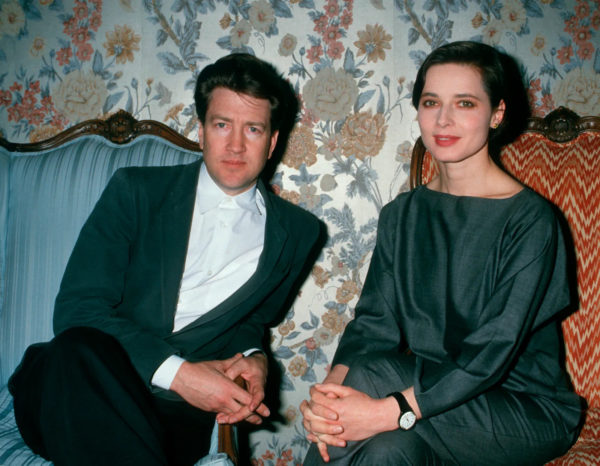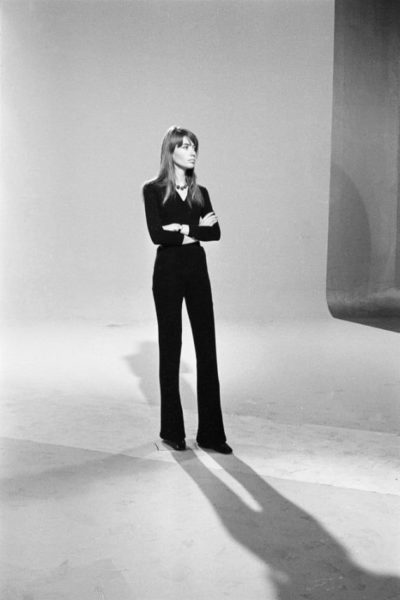An old rule of masculine elegance states that it can be worn only between Memorial Day and Labor Day: from late May to early September.
From British trading posts in India to the shoulders of the English bourgeoisie
Seersucker(from Indian Shirushaker, wrinkled) cotton fabric with alter More is a fabric native to India. The word seersucker is taken from the Persian shir o shakka, which means “milk and sugar”: its stripesline or band more or less wide that marks a fabric More being both smooth as milk and rough as sugar. British settlers bringing this fabric back to Europe anglicized the word to give it the shape we know today Seersucker was first worn by the English bourgeoisie in the 18th century during their Grand Tour in Italy.
Seersucker is historically woven with cottonnatural cellulosic textile fiber constituting the seminal ha More fibers, however the more luxurious fabrics can be made of silkflexible and resistant thread produced by the larva of vario More. The fabric is woven at very lightly alternating speeds. This weavingthe way in which the warp and weft threads of a fabric are i More results in a waffled fabric: allowing better air circulation inside the garment because less fabric is in direct contact with the skin. This embossing makes seersucker ideal for warmer weather.
Codification of the seersucker suit in the United States
In the South of the United States, seersucker was worn by the working classes: it is often found in the outfits of railway workers from the beginning of the 20th century. It wasn’t until 1909 that a New Orleans tailor, Joseph Haspel, invented the first seersucker suit. Despite his efforts to dress businessmen in the warmer months, seersucker remained shunned from the upper classes because of its popular resonance.
In 1920, seersucker was worn by Princeton students, who enjoyed the contrast between this common fabric and their belonging to a privileged class. Ivy League students democratized the wearing of the seersucker suit among the upper classes of society. While university professors wore seersucker suits, students preferred to wear the jacket mismatched with loose chinos. These future bankers, engineers, lawyers or artists will continue to wear their seersucker suits on weekends.

JONES, Bryan. London, United Kingdom. 1964.
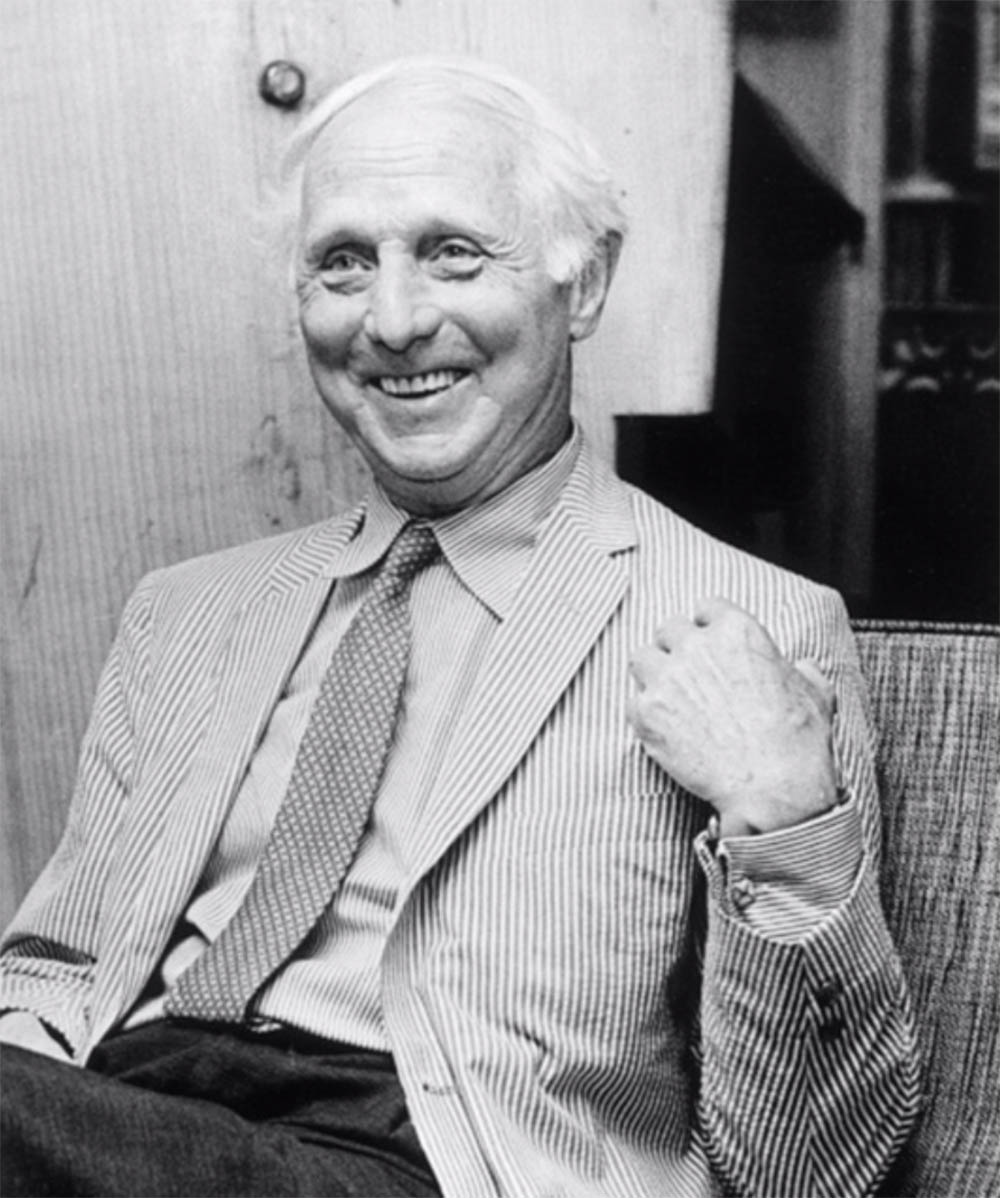
ERNST, Max. September 1961.
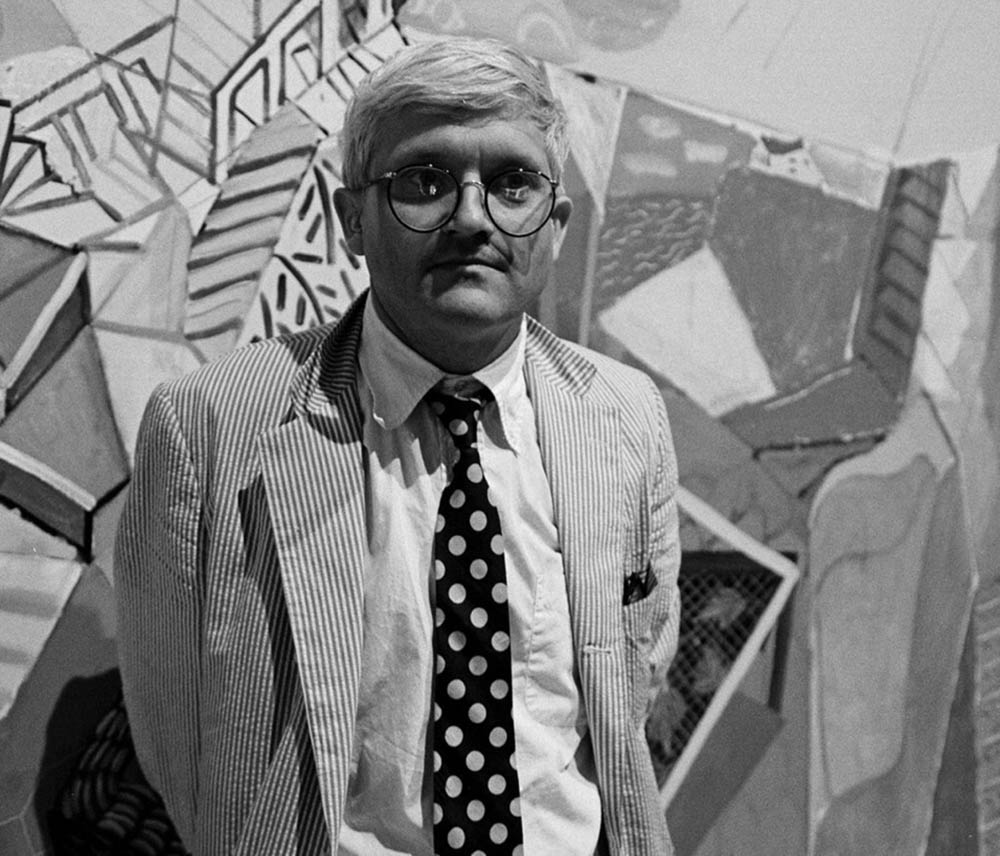
HOCKNEY, David. California, United States. 1967.
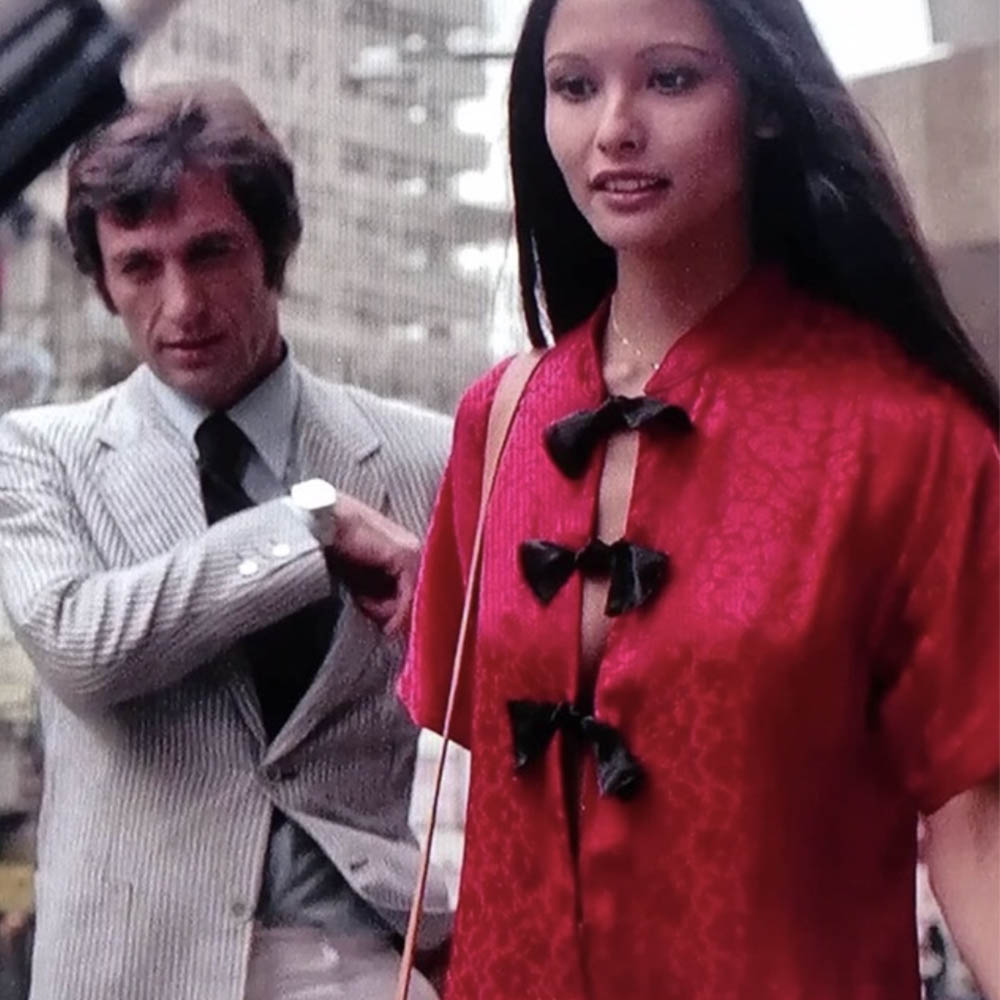
GEMSER, Laura, act. Tinti, Gabriele, act. D’AMATO, Joe, dir. Eva Nera. 1975. 80 min.
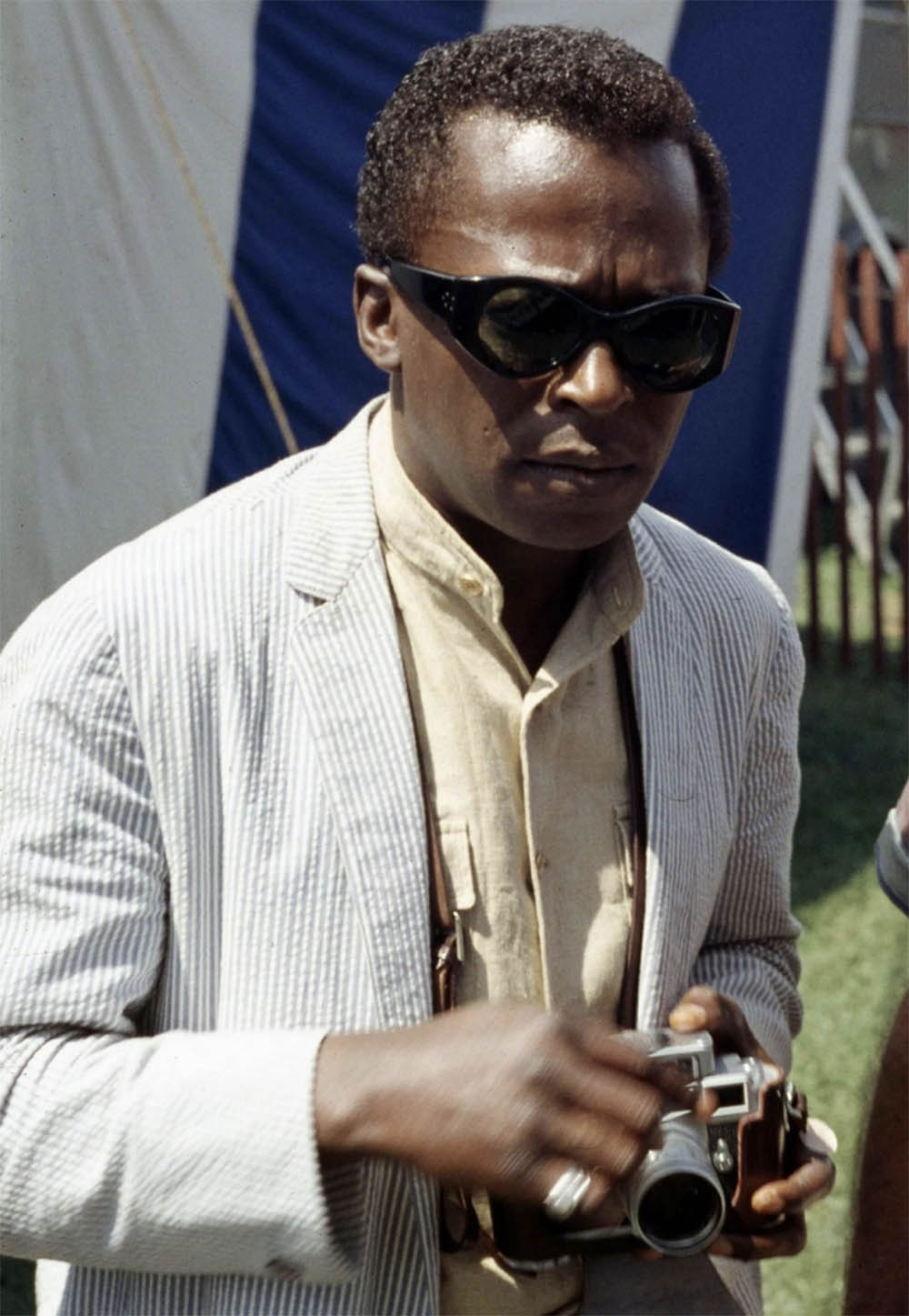
DAVIS, Miles. Newport, United States. 1958.
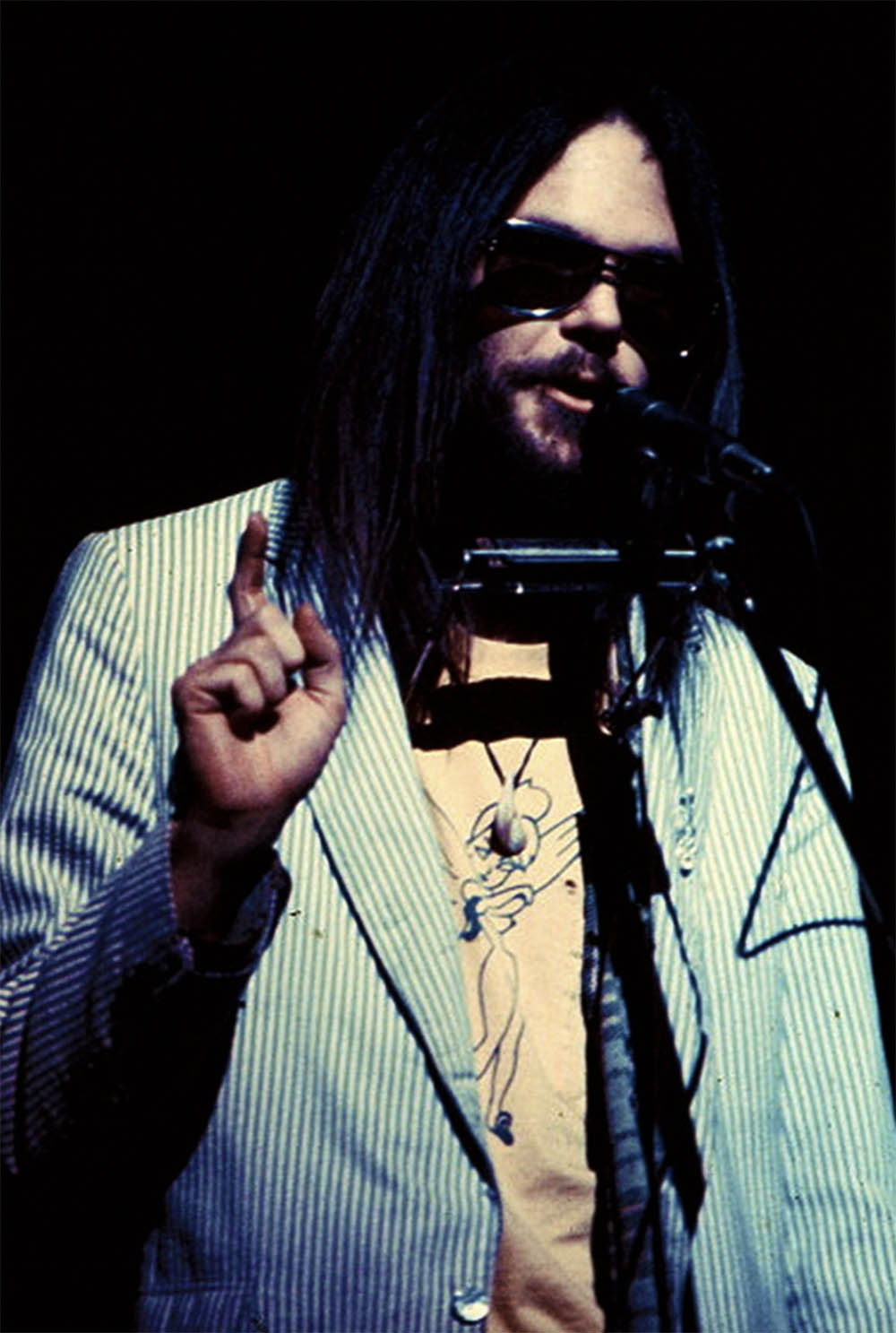
YOUNG, Neil. Los Angeles, United States. 1975.

NOIRET, Philippe, act. DE BROCA, Philippe, dir. Tendre Poulet. 1978. 105min.
- COTTON« Soft, but with weight. Relaxed, but never shapeless. It carries memory in its creases. »
- LUCIAN FREUD« from borrowed suits to bespoke tailoring, Freud’s fashion choices evolved with his art »
- DAVID LYNCH« The oddest of Americans, the most American of oddballs, Lynch was a man with a uniform. »
- THE FLARED TROUSER
